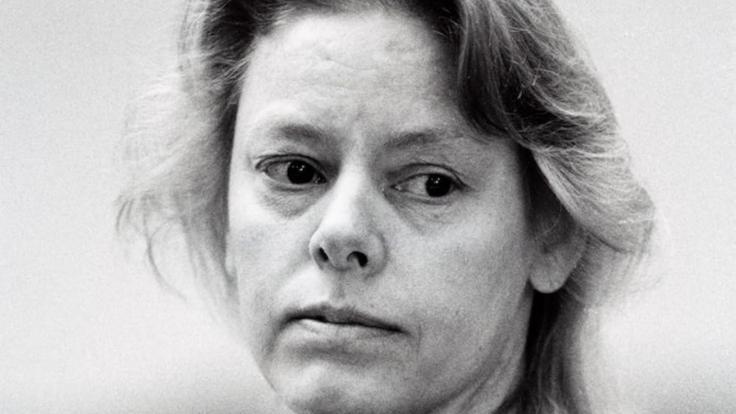Why Aileen Wuornos Was Crowned the 'Serial Killer Queen' — and What Her Victims Reveal About the Myth
New Netflix documentary reignites debate over America's most infamous killer

Aileen Wuornos, the Florida sex worker whose killing spree shocked the United States between 1989 and 1990, is once again dominating headlines. The renewed attention follows Netflix's October 2025 release of Aileen: Queen of the Serial Killers, a documentary that re-examines how she became one of the most infamous women in criminal history.
Wuornos, who was executed in 2002, has long been described as the 'Serial Killer Queen', a label that continues to spark debate over how her story has been told and what it reveals about the victims left behind.
The crimes that created a legend
Between late 1989 and late 1990, six men were found shot and abandoned along Florida highways. The victims, including Richard Mallory, David Spears and Charles Carskaddon, were all middle-aged motorists who had crossed paths with Wuornos while she was working as a sex worker.
She was arrested in January 1991 after police linked her fingerprints and pawned items from the victims to the murders.
In 1992, Wuornos was convicted of first-degree murder and later confessed to several others. Although she initially claimed she acted in self-defence against violent clients, prosecutors argued the killings were premeditated robberies.
Wuornos received six death sentences and was executed by lethal injection on 9 October 2002 at Florida State Prison.
Her case remains one of the most studied examples of female serial homicide in modern history. Researchers have noted that her gender, background and motive challenged traditional perceptions of serial killers, who are overwhelmingly male.
The rise of the 'Serial Killer Queen' myth
The title 'Serial Killer Queen' originated from the media's fascination with Wuornos as a rare female murderer who defied expectations. Coverage at the time focused heavily on her troubled childhood, mental instability and gender, transforming her into a cultural figure rather than just a criminal case.
The new Netflix documentary explores how that label became a myth of its own. It features unseen interviews and archival footage from her final years on death row.
According to TIME, the film offers new insights into how Wuornos was portrayed in popular culture, from the Oscar-winning 2003 film Monster to countless documentaries and podcasts.
Experts note that while the media crowned her as the 'Queen', the phrase reflects more about society's appetite for sensationalism than Wuornos herself. The documentary's use of the title underlines how the fascination persists, more than two decades after her death.
What the victims reveal about the myth
While Wuornos's name became synonymous with female violence, her victims' stories were often overshadowed. The new Netflix documentary revisits their lives and includes an account from a man she chose not to kill, who recalls how she unexpectedly spared him. His story complicates the idea of Wuornos as purely ruthless.
Wuornos had claimed that her first victim, Richard Mallory, had assaulted her, an assertion dismissed by prosecutors but still central to understanding her defence.
Her case has also drawn attention to the dangers faced by sex workers, who often operate in isolation and face heightened risks of violence.
The documentary's inclusion of the victims' perspectives provides a more complete picture of a case often defined by its central figure. It challenges the mythology surrounding Wuornos, reminding viewers that behind the headlines were real lives lost.
The enduring fascination
Decades after her execution, Aileen Wuornos remains a symbol of both fear and fascination. The release of Aileen: Queen of the Serial Killers has reignited discussions on gender, mental health and the media's role in shaping public perception of crime.
For viewers, the question is not only why she was crowned the 'Serial Killer Queen', but what that title reveals about society's enduring obsession with turning killers into legends.
© Copyright IBTimes 2025. All rights reserved.


















